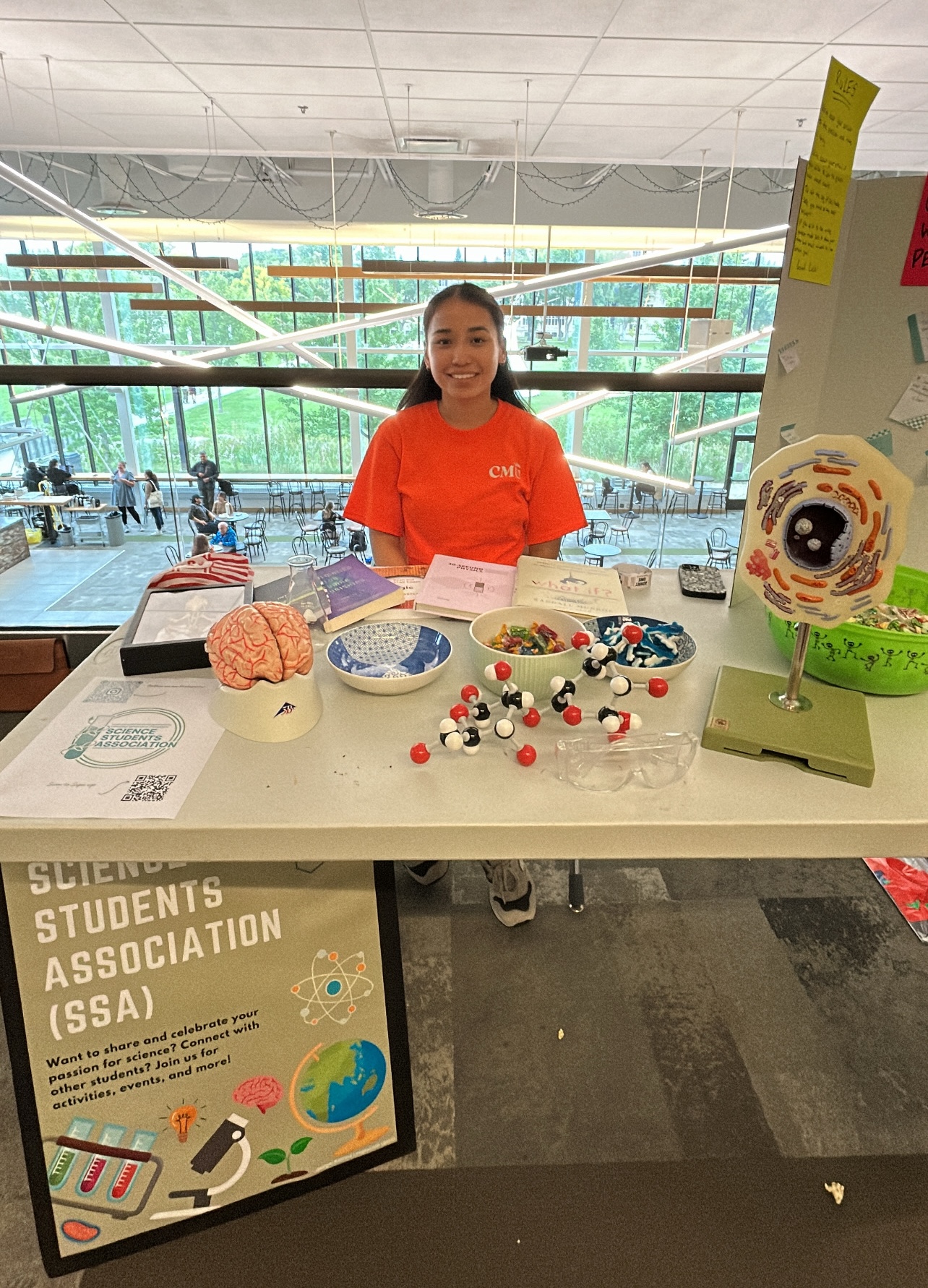
“How do math and peace relate?” This question has lived in the back of my mind throughout my time at CMU. After high school, I was not sure what I wanted to study—chemistry, physics, math, or engineering? I knew I wanted to pursue the sciences but did not know which path I wanted to take. So, in my first year, I registered for four science courses each semester.
When my mom saw my all-science schedule, she suggested I add some non-science courses for balance. I kept Introduction to Calculus and Physics but added The Art of Music and Introduction to Peace and Conflict Transformation Studies. These two classes transformed my first year. They solidified my love of mathematics while broadening my perspective, helping me explore ethnomusicology and consider how conflict can be resolved peacefully. The ability to take a range of courses as a math major has allowed me to think outside the box and apply mathematical problem-solving to other disciplines, such as peace and conflict transformation studies.

Many opportunities have continued to present themselves, thanks to the supportive mathematics faculty. The CMU math program is small, which allows for flexibility and creativity. Sometimes it feels like a “choose your own adventure.” Looking back, here are four things I wish I had known before entering the math department at CMU:
- Connecting with professors can open doors
After my first year, opportunities arose that I had not expected. I was hired as a research intern to analyze data and create graphs for a biology professor; this work was eventually published. That fall, I also became a teaching assistant for Calculus, gaining firsthand experience in both teaching and leadership.
In my third-year Introduction to Statistics class, Professor Tim Rogalsky allowed me to learn R, a programming language for data analysis, instead of the usual lab assignments. For my project, I applied hypothesis testing, confidence intervals, and linear regression to study annual working hours across Canada, Australia, and Cambodia. This gave me hands-on experience with real-world data while practicing key statistical techniques.
I had final projects in two courses, Linear Algebra II and Introductory Logic. Tim suggested I combine them and collaborate with a friend to assist him with his research. We coded in Python, worked through multiple layers of analysis, and presented our findings at CMU’s Science Symposium and at a scientific conference. - Forming study groups is essential
In my first year, I took Physics with a few upper-year science students. They invited me to study groups, exchanged contact information, and became a support system. Through them, I joined the Science Students Association (SSA). With the SSA, I helped host a scientist in residence, met PhD students, connected with other science students, and developed leadership skills. I am now a co-leader of the SSA, where I enjoy meeting first-year students, planning science-related events, and connecting with others who share a passion for science. - You can request courses that are not normally offered
In high school, physics was my favourite class, but second-year courses like Electromagnetic Field Theory and Biophysics are not regularly available at CMU. When a small group of students expressed interest, however, the faculty arranged to offer them. At CMU, professors take a personal interest in students’ goals, creating unique opportunities tailored to what we are excited about. - AI can be a tutor, not just a tool
I have also learned to use AI as a tutor rather than a shortcut. In my math classes, I practice guiding AI to ask me questions that challenge my understanding, helping me think critically and solve problems step by step. In today’s world, it is also important to think critically about AI—its potential, its ethics, and its limitations. CMU encourages this reflective approach, helping students engage with technology thoughtfully.
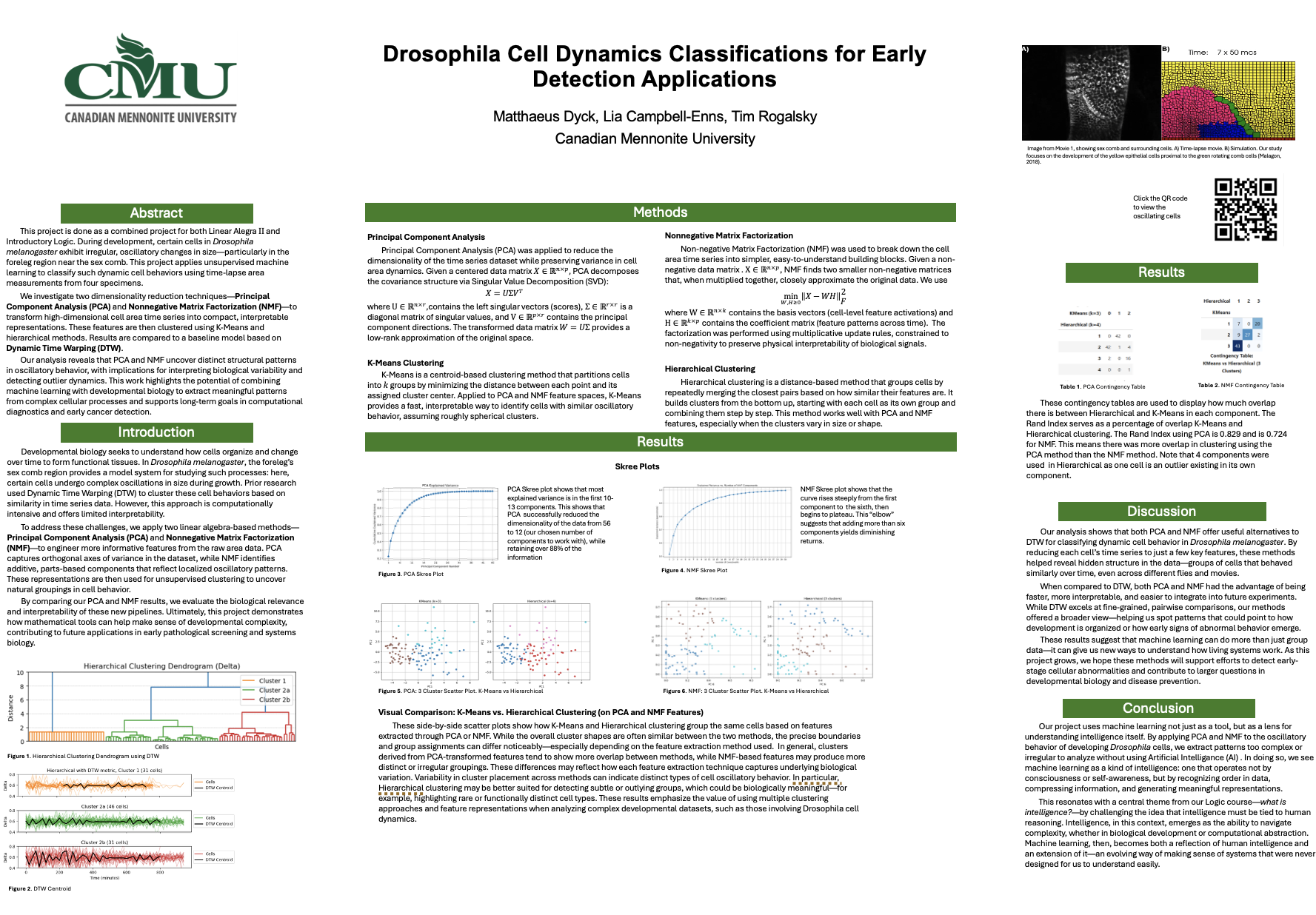
The flexibility of CMU’s mathematics program has allowed me to dive into topics I care about and apply insights from other disciplines. As a minor in Peace and Conflict Transformation Studies (PACTS), I have seen how both fields center on problem solving. Math teaches structured, logical solutions, while PACTS explores negotiation, ethics, and human-centered reasoning. Together, they show that problem solving can bridge technical challenges and human relationships.
CMU’s math program is a small, supportive community that adapts to students’ interests, encouraging exploration beyond mathematics. Connecting with people, nature, and music grounds my studies and allows me to consider the consequences, challenges, and ethics behind complex mathematical questions. At CMU, math and peace are connected through the shared pursuit of understanding, thoughtful problem solving, and making a positive impact on the world.
Lia Campbell-Enns is a fourth-year Bachelor of Science student, majoring in Mathematics.

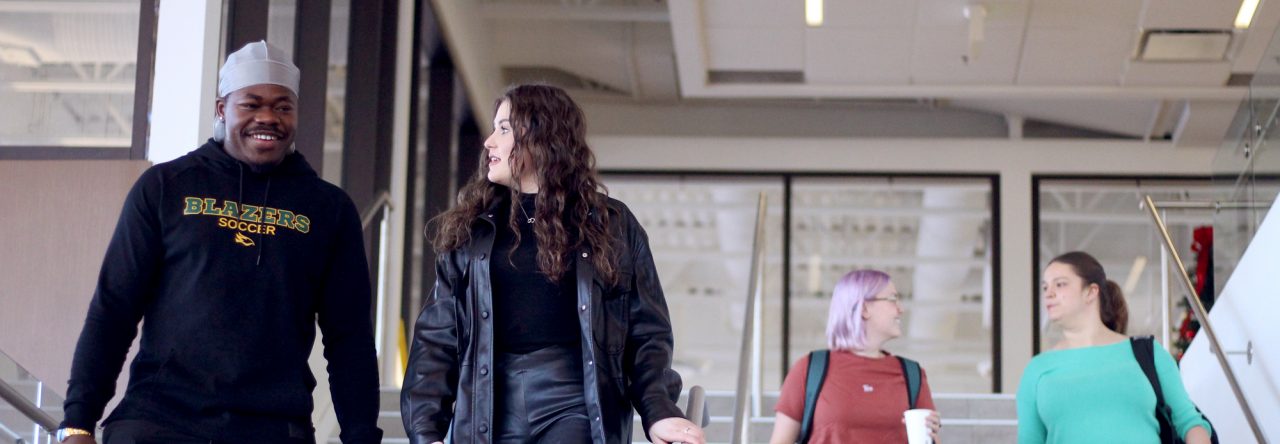
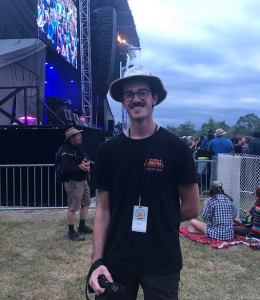
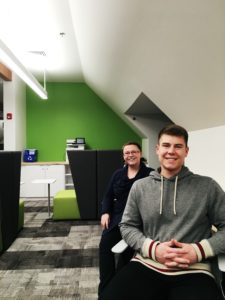
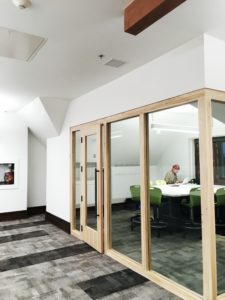
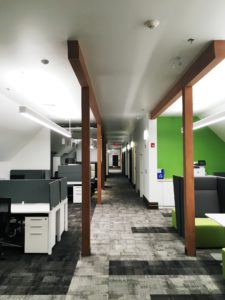

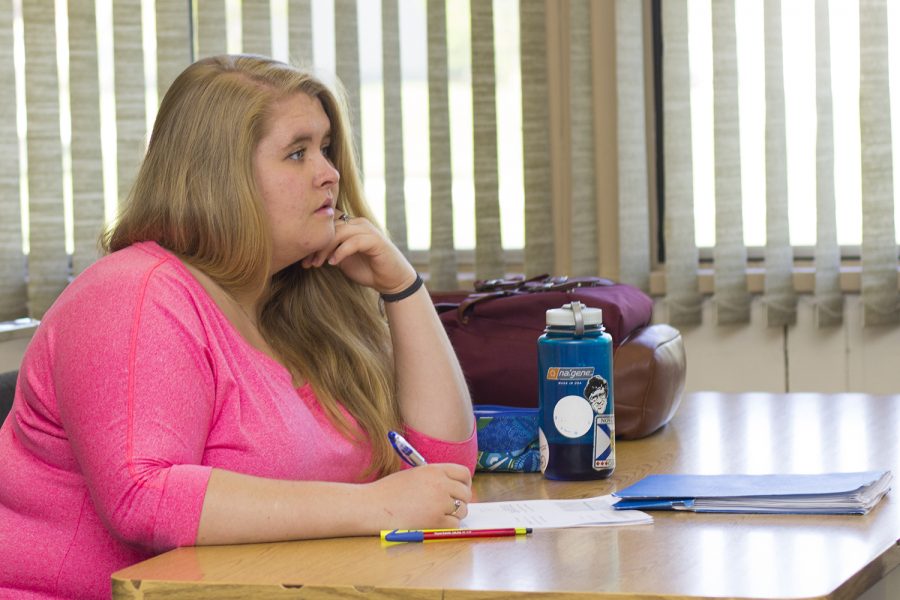
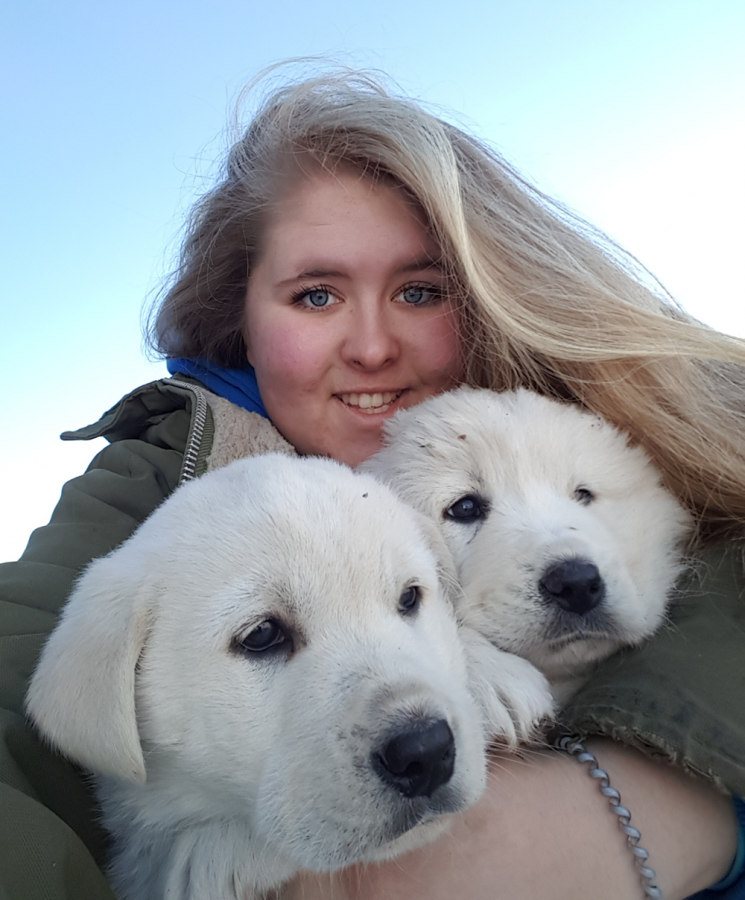 I have lived on a farm my whole life, and have observed the lives of many creatures. Having worked with sheep, the illustrations in Scripture highlighting the relationship between sheep and their shepherd, have come to life.
I have lived on a farm my whole life, and have observed the lives of many creatures. Having worked with sheep, the illustrations in Scripture highlighting the relationship between sheep and their shepherd, have come to life.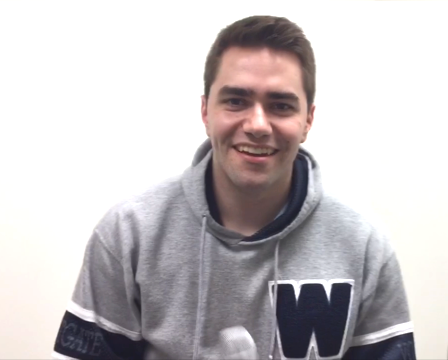 My communication did not take the form that people typically think of when they hear the words “communications and media.” There were no blog or social media posts. Instead, I engaged with people face-to-face on a daily basis on behalf of MPI. Though at first glance our job was to state the rules of the road and making presentations, it became obvious that interacting and connecting with communities across Manitoba was far more important.
My communication did not take the form that people typically think of when they hear the words “communications and media.” There were no blog or social media posts. Instead, I engaged with people face-to-face on a daily basis on behalf of MPI. Though at first glance our job was to state the rules of the road and making presentations, it became obvious that interacting and connecting with communities across Manitoba was far more important.